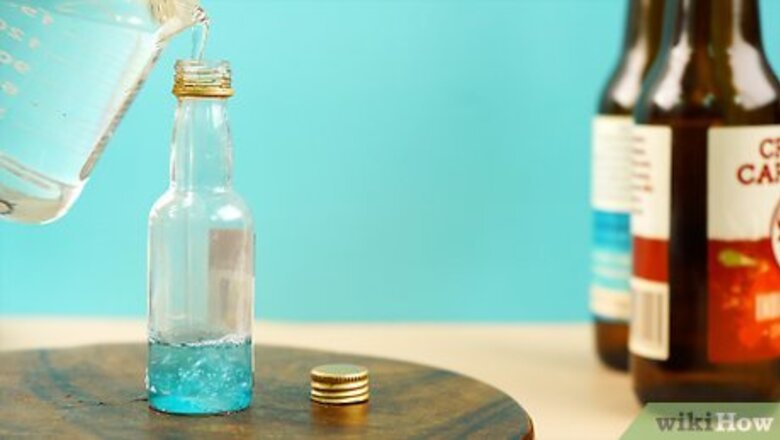
views
Using a Bottle Brush

Add dish soap and warm water to the bottle. Take apart the bottle if it has a lid, nipple, or other parts that come off. Dispense a few drops of regular dish soap into the opening of the bottle. Then, fill the bottle about halfway or more with warm or cold water. Don’t soak the bottle in your sink as this may introduce bacteria. If it needs to soak, set it in a basin that you only use for washing bottles.
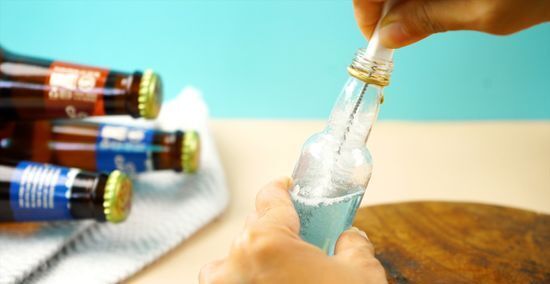
Push the bottle brush into the bottle and scrub it from the inside. Make sure to use a bottle brush that will fit through the opening in the bottle and that is long enough to reach the bottom. Press the bottle brush against the side the bottle and move it up, down and around to scrub it thoroughly.
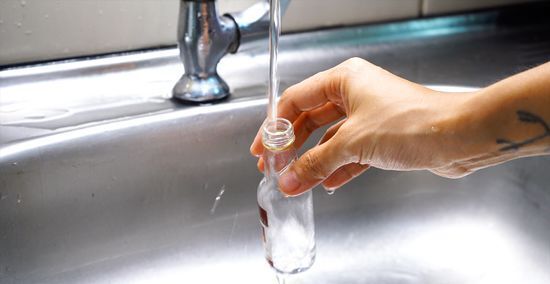
Empty the bottle and rinse it out a few times to remove all of the soap. When the bottle is clean, dump the water into the sink and refill it with clean water. Dump it again and rinse again. Do this 2 or 3 more times to ensure that the soap is gone. Repeat the process or try another option if the bottle still seems dirty.
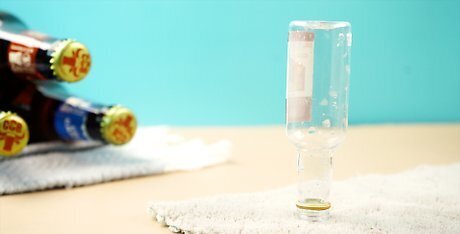
Allow the bottle to air dry upside down. Place the bottle upside down on a clean, dry towel or drying rack. Don’t try to wipe out the inside of the bottle with a towel because this may transfer germs to the inside of the bottle.
Using Gravel or Rice

Fill your bottle less than ¼ full with gravel or rice. If you choose rice, use raw, uncooked rice. If you choose gravel, choose a size in between sand and pea gravel. You’ll want the gravel/rice to reach all the nooks, crannies, and corners of the bottle. This method is great for irregularly-shaped bottles, as the gravel/rice will reach areas that may otherwise be hard to clean. Ensure your gravel doesn’t have sharp edges that can scratch the inside of the bottle. If you are concerned about scratches, use rice instead.
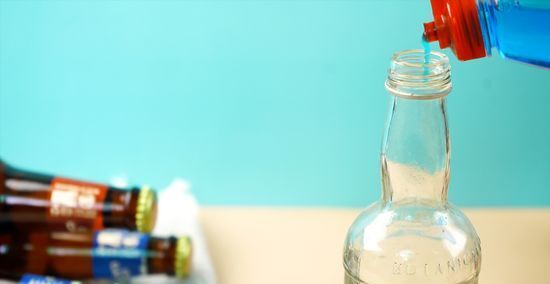
Add three or four drops of dish soap. Any kind of dish soap will work, and you don’t need a lot to get your bottle clean. The soap helps to remove residue from previous beverages as well as dust or dirt. If your bottle isn’t very dirty, you can omit the rice/gravel and simply use the dish soap.

Add water. Fill the rest of the bottle, nearly the top, with water. Hot water works best for removing sticky residue.
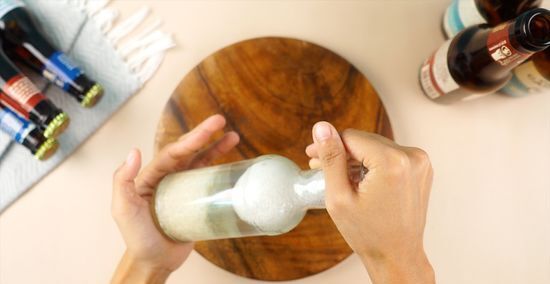
Shake the bottle. Be sure to cover the opening of the bottle with your finger or hand so the solution doesn’t spill out. Vigorously shake in every direction; back and forth as well as sideways. Swirl and rotate the soap, water, and gravel/rice around.
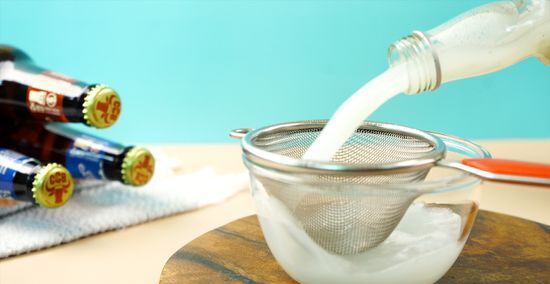
Empty the bottle. Dump out the gravel/rice, soap, and water mixture and inspect for any missed pieces of gravel/rice. Repeat the process as needed. Don’t rinse gravel down the drain; be sure to strain it out or pour the contents of the bottle into a bucket or bowl.
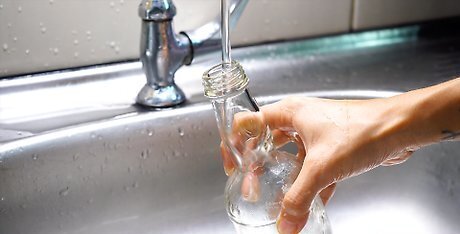
Rinse thoroughly. Fill the bottle with clean water and dump it out. Repeat several times. Rinse the mouth of the bottle, paying special attention to the threads, if applicable, and the outside as well. You want to be sure to remove all the gravel/rice and any traces of soap. If you are going to drink from the bottle, wash with an antibacterial soap, or use one or two drops of bleach, and rinse well before refilling.
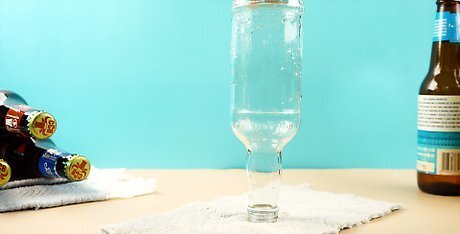
Dry the bottle. Air-drying is likely the easiest way to do this. Begin by setting the bottle upside down on a towel. Prop it up if need be to prevent the bottle from falling and breaking. After a few hours, turn the bottle right-side-up on the towel and allow it to fully dry.
Using Vinegar and Salt
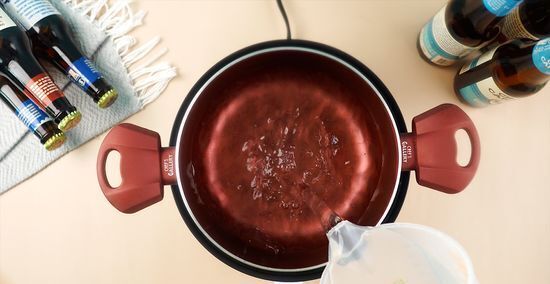
Fill a pot ¾ full with warm water. Don’t fill the pot more than that or the water will spill over the top when you add the bottle. You will heat the pot later, so do this on the stove. This method is for glass bottles only. Plastic bottles will melt when heated.
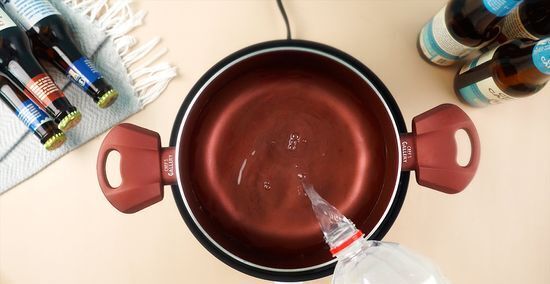
Add vinegar to the pot. Be generous with the vinegar; a couple of glugs from the bottle should work well. White vinegar is best for this process. Swirl or agitate the solution to ensure it is fully mixed.
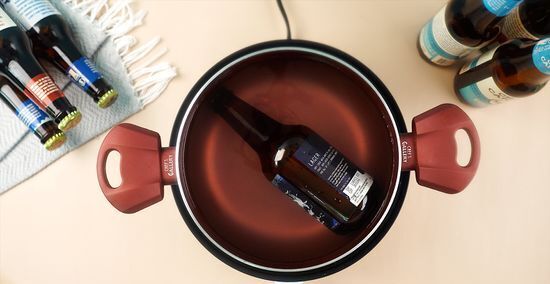
Add the bottles to the pot. You should fill the bottles with water first. This ensures that they will sink, rather than float, when you add them to the vinegar and water solution.
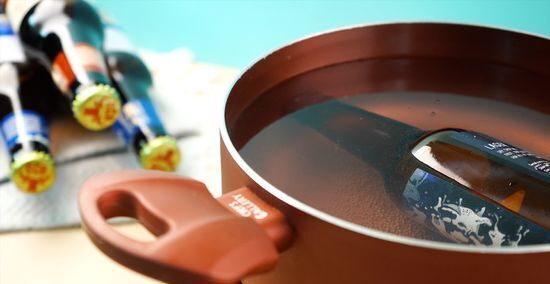
Heat up the pot. Don’t let it boil! You just want a nice, low heat to help the vinegar clean the bottles. You can keep the heat on for up to a couple hours, but be sure to turn it off after that.

Let the bottles soak. Leave the bottles in the pot, on the stove, overnight, with the heat off. This helps the vinegar remove any stains or sticky residue from the bottles. It also allows the bottles and vinegar solution to cool down.

Empty the bottles. Remove the bottles from the pot and empty them out. Don’t worry about drying the bottles, as you will add water to them.
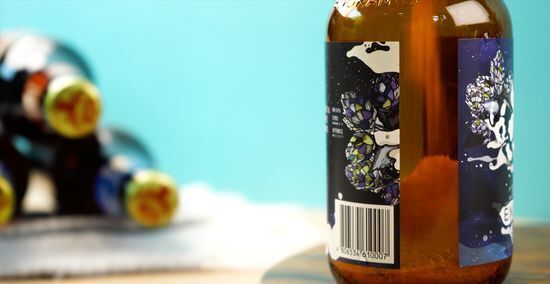
Add an inch or two of salt to the bottle. A coarse salt will work best for this step. You don’t need much, the salt is used to scrub the inside of the bottle and remove any residue.
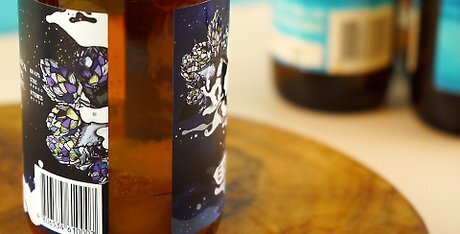
Add a small amount of water. Cool or lukewarm water is best. You don’t want enough water to dissolve the salt, only enough to make a saltwater slurry.
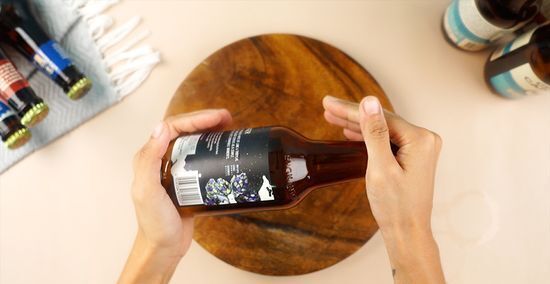
Shake the bottle vigorously. Be sure to cover the bottle opening with your finger to ensure the mixture doesn’t escape. Shake in every direction; back and forth as well as up and down.
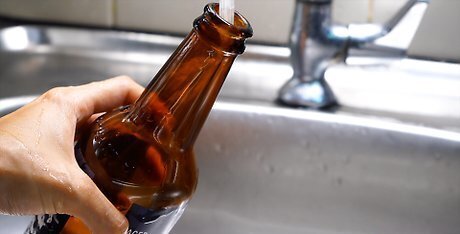
Rinse thoroughly. Empty the solution and rinse the bottle with warm, running water. Rinse the inside as well as the outside, paying special attention to the mouth of the bottle and any threads. Clean with an antibacterial soap, or use one or two drops of bleach, and rinse well before refilling if you plan to drink from the bottle.
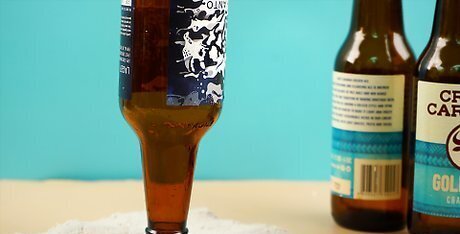
Allow the bottle to dry. Set the bottle upside down on a dish rack or towel. You may need to prop it up to ensure it doesn’t fall over. After a few hours, turn the bottle right-side-up and allow it to dry completely.
Using Alka-Seltzer
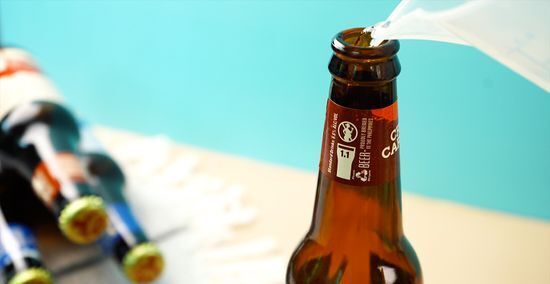
Fill the bottle half full with water. If you overfill the bottle, the Alka-Seltzer will come bubbling over the top of the bottle.

Drop a tablet or two of Alka-Seltzer into the bottle. Choose an effervescent type of Alka-Seltzer, such as Original or Extra Strength. It is the fizzing that cleans the bottle, so the other varieties will not get the job done.
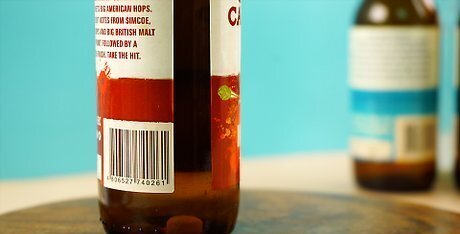
Allow the mixture to set overnight. This will give the Alka-Seltzer time to remove any residue or stains from the bottle. It’s a good idea to leave the bottle in your sink to ensure you don’t wake up to a mess the next morning.
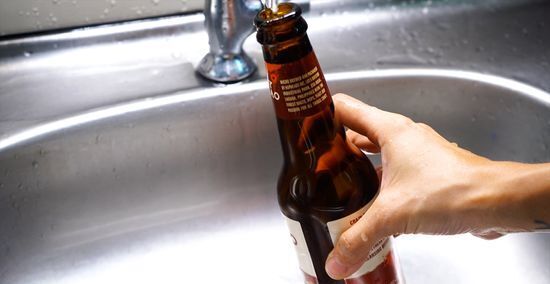
Rinse thoroughly. Rinse the bottle under warm, running water. Be sure to fill and empty the bottle several times to remove all traces of the Alka-Seltzer. Pay special attention to any corners as well as threads on the mouth of the bottle. You may want to wash the bottle with antibacterial soap or a couple drops of bleach to ensure the bottle is clean enough to drink out of, if you plan to do so.
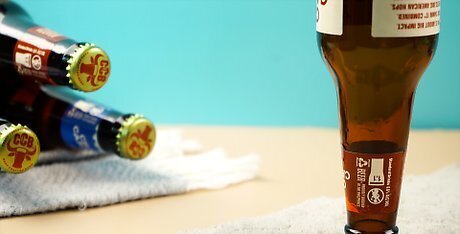
Air-dry the bottle. Set the bottle upside down in a dish drainer or on a towel. Prop it up if needed to keep the bottle from falling or breaking. After a few hours, flip the bottle over and allow it to dry completely.


















Comments
0 comment